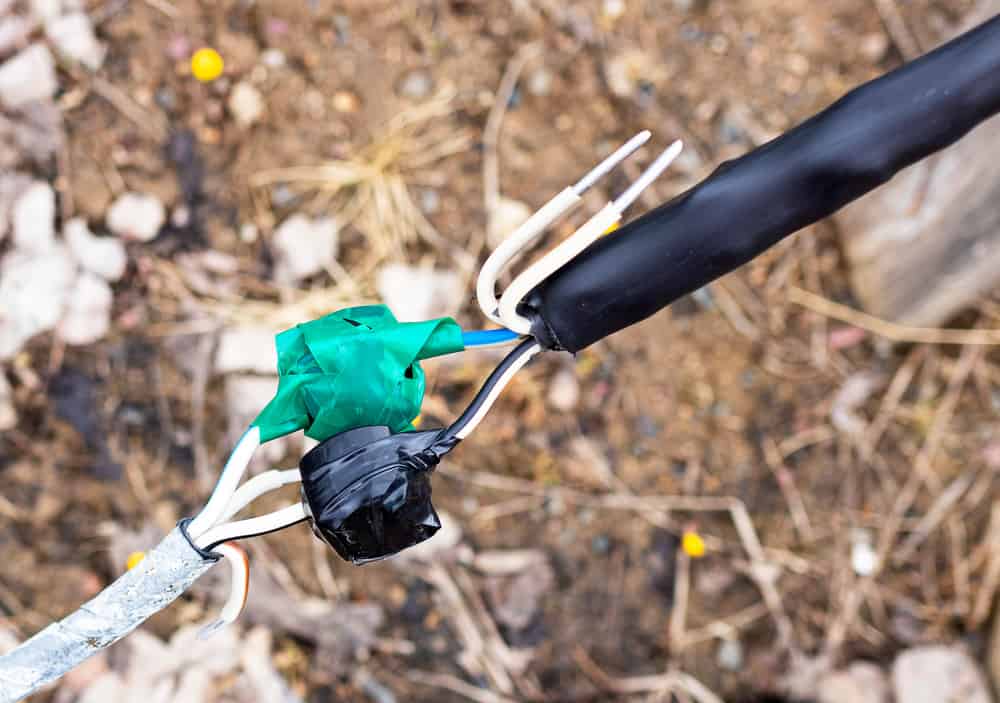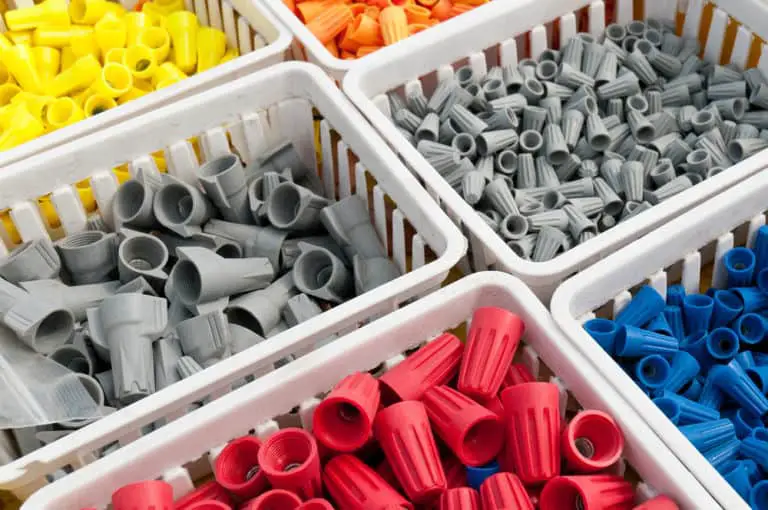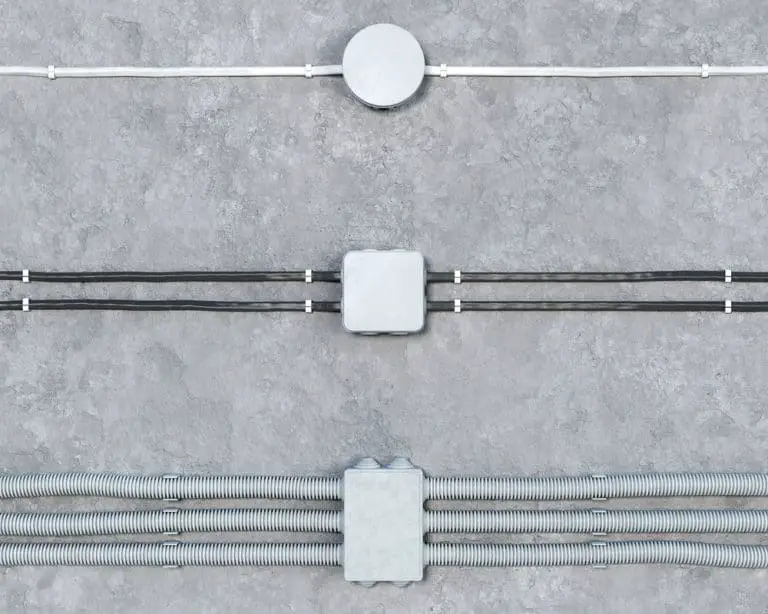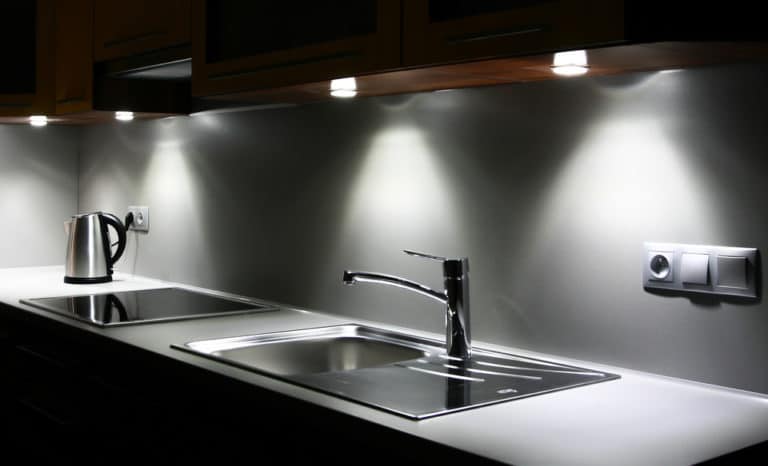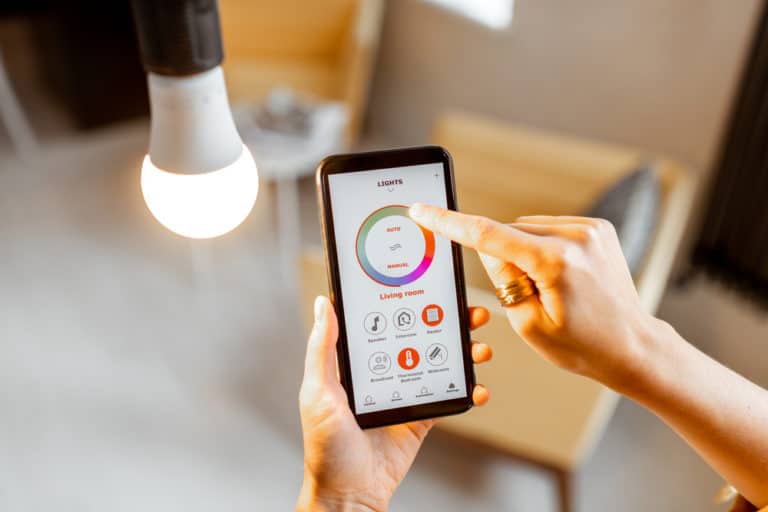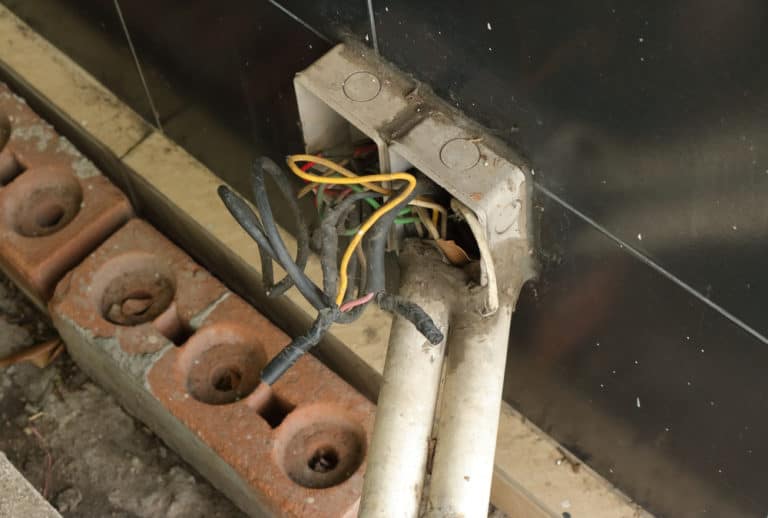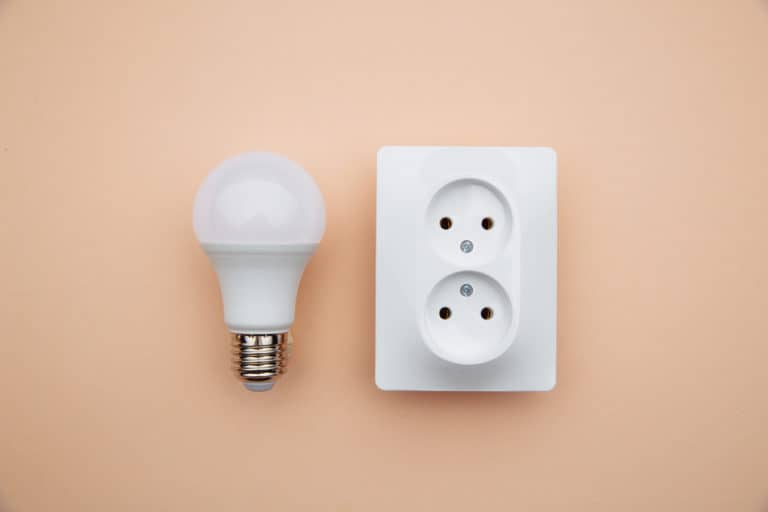Is It Safe To Connect Wires With Electrical Tape?
When making any electrical connection, it is very important to do it safely and properly. Even household electric current can be dangerous and fatal if connections from supply to appliance or device are not correctly done.
Connecting wires using electrical tape is not recommended for several reasons. While this may be common practice in many homes looking for a quick DIY solution, there are better ways to securely and safely connect wires to ensure proper connecting and reduce any risk of shorting or exposure.
Using the right tool for the right job is always a good way to do things, especially when it comes to electricity. Let’s look at safer and more effective methods of connecting electrical wires and the right use for electrical tape.
What Is Electrical Tape Used For?
Electrical tape or insulation tape, as it is also known, is used for exactly that purpose- insulation. It’s made from a non-conductive vinyl, fiberglass, or plastic cloth; electrical tape is a pressure-sensitive tape designed to insulate electrical wiring.
Covering live wires with electrical tape protects from possible electrocution if someone comes into contact with them. It prevents current from traveling from one wire to another, preventing a short circuit or electrical fire.
As an electrical accessory, it is not designed to connect electrical wires but to INSULATE them after they have been properly and safely connected as need be.
The safest use of electrical tape is to cover minor cracks, cuts, and abrasions on electrical wires where the core insulation is still intact. Where the wire is exposed and that outer jacket is compromised, using electrical tape to cover it is not safe or recommended.
That wire should be replaced and not repaired. While these types of quick fixes using electrical tape to cover those exposed wires are common, they would not pass safety certification from a regulatory perspective.
Why You Shouldn’t Use Electrical Tape To Connect Wires
Before we condemn electrical tape, we should point out that for lower voltage, smaller wires, twisting them together and using the tape to insulate them is fine. This is because hobby wires and other low voltage and low-current wires pose little or no risk of electrocution or fire.
With any DIY job, the saying goes,’ Use the right tool for the right job,’ and in this case, using electrical tape to connect wires is not following this sage advice.
Electrical tape has an adhesive designed to stick to the plastic casing of the wires and itself. So when you insulate electrical wires, the tape adhesive is sticky. Over time, this adhesive will dry out due to air exposure, heat from the connection, and moving around.
So the insulation around the wires can move or shift, exposing live wires to the open air and people, kids, pets, and materials that could catch fire under the right conditions.
Many people twist the wires together and then apply insulation tape over them to seal and protect them. Under normal circumstances and for smaller wires, this can be a temporary solution.
Even though the typical PVC / PTFE has low conductivity, it could still lead to a short and electrocution or fire with the right amount of heat and current.
For larger wires, a more secure and electrically sound connection method is recommended.
Why Twisting Wires As A Splicing Method Isn’t Recommended
While we are focusing on using electrical tape to connect wires, this is only one side of this discussion. The way the wires are connected also has an impact on the safety of that connection.
Wire splicing or the action of connecting wires together is also something that needs to be looked at in this conversation. The common way to connect electrical wires is to take the two exposed ends, twist them together and then insulate them.
While this is easy and convenient, there are some weaknesses with this type of connection.
Even having the wires twisted solidly has some inherent faults. Firstly, twisting the wires puts strain and stress on the individual strands of the cable. Often after doing this, you may find one more small coppe strand has detached.
Over time, more and more of these may come loose, compromising the integrity at the point of current transfer, and this can lead to resistance in the wire, creating an unsafe connection and even getting hot enough to melt the tape.
Secondly, this splicing method is not securely connected; for example, if the wires were soldered together and then insulated with electrical tape, that connection is far less likely to produce disconnected strands.
Also, any sudden force applied to the spliced connection can easily cause the wires to be ripped apart, removing the insulating tape and exposing live current and uninsulated wires to the environment.
Where animals, kids, or potentially combustible materials are in the vicinity, this is a recipe for disaster. A live exposed wire on a carpet or near other electrical cables is very, very unsafe.
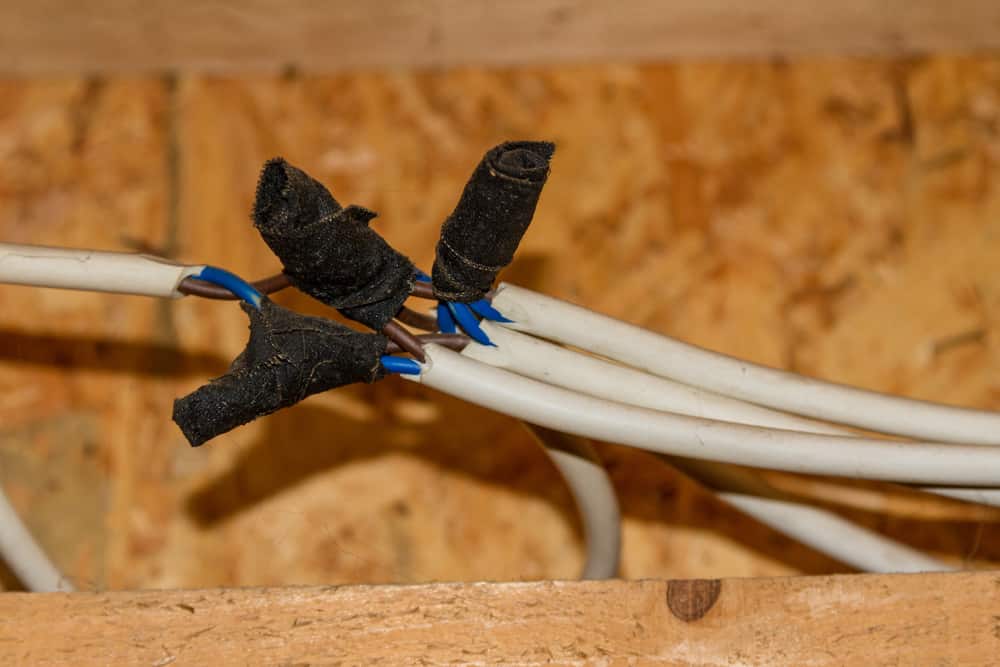
Three Ways To Connect Electrical Wires Safely
Electrical tape has a place and very valuable use in electrical work, but better and safer ways to connect wires. The methods below are for connecting mains wires, i.e., 110V AC from the wall.
1. Wire Nuts or Wire Lugs
These are highly durable and well-insulated plastic cones that connect the wires inside them using a spring. When the wires are inserted together, they make contact inside the nut, and the spring connects them as the nut is twisted.
Using wire nuts is fairly straightforward and makes connecting wires easy and safe. Taking the two wires, you want to connect, strip off about half to three-quarters of an inch of insulation from each and lay them together.
Push the wires into the nut and turn the nut clockwise to engage the spring inside using the appropriate size nut. Once you’ve twisted the nut and secured the wires, give them a gentle pull to see if they are secure.
If you don’t them coming loose or see wire strands come out, then you are good to go. If they are loose and come out, then you’ll have to do it again.
2. Soldering
Soldering wires together is one of the safest and strongest ways to connect electrical cables. It provides a very strong joint and is less likely to detach under force than other methods.
The solder is also highly conductive, so electrical current passes from wire to wire with little or no resistance.
After stripping off the insulation to about half an inch or so, lay the wires facing each other, so they form a straight connection. Unlike the wire nuts, soldering can be done straight to continue the natural wire flow.
Using the soldering iron, drop a few small bits of melted solder onto the wires to make the initial join and then completely apply the solder to the rest of the wire until the wire is covered with the solder.
3. Strip Connectors
This is another good method for connecting electrical wires that makes them safe and mostly unreachable, especially with little fingers.
These are made from durable plastic and work by connecting the wires in a steel ‘tunnel’ with locking screws that clamp the wires down to the steel connector.
Using these is especially popular for connecting wires on trailers as well as for electrical mains. You can get strip connectors in a wide variety of diameters to suit any cable thickness, but as with any electrical connector, check the voltage and current ratings before doing your connection.
Once done, you can add the electrical tape over it to provide some extra insulation and protection. If this connection is outdoors, make sure that the connection is well protected against rain or moisture.
Conclusion
The use of electrical tape to connect wires should never be a permanent solution, and one that should be used as an immediate and temporary fix until a proper and safer connection can be made. Electrical tape and its various types work very well as an insulator, but it should be used as intended – as insulation material and NOT as a connector!

